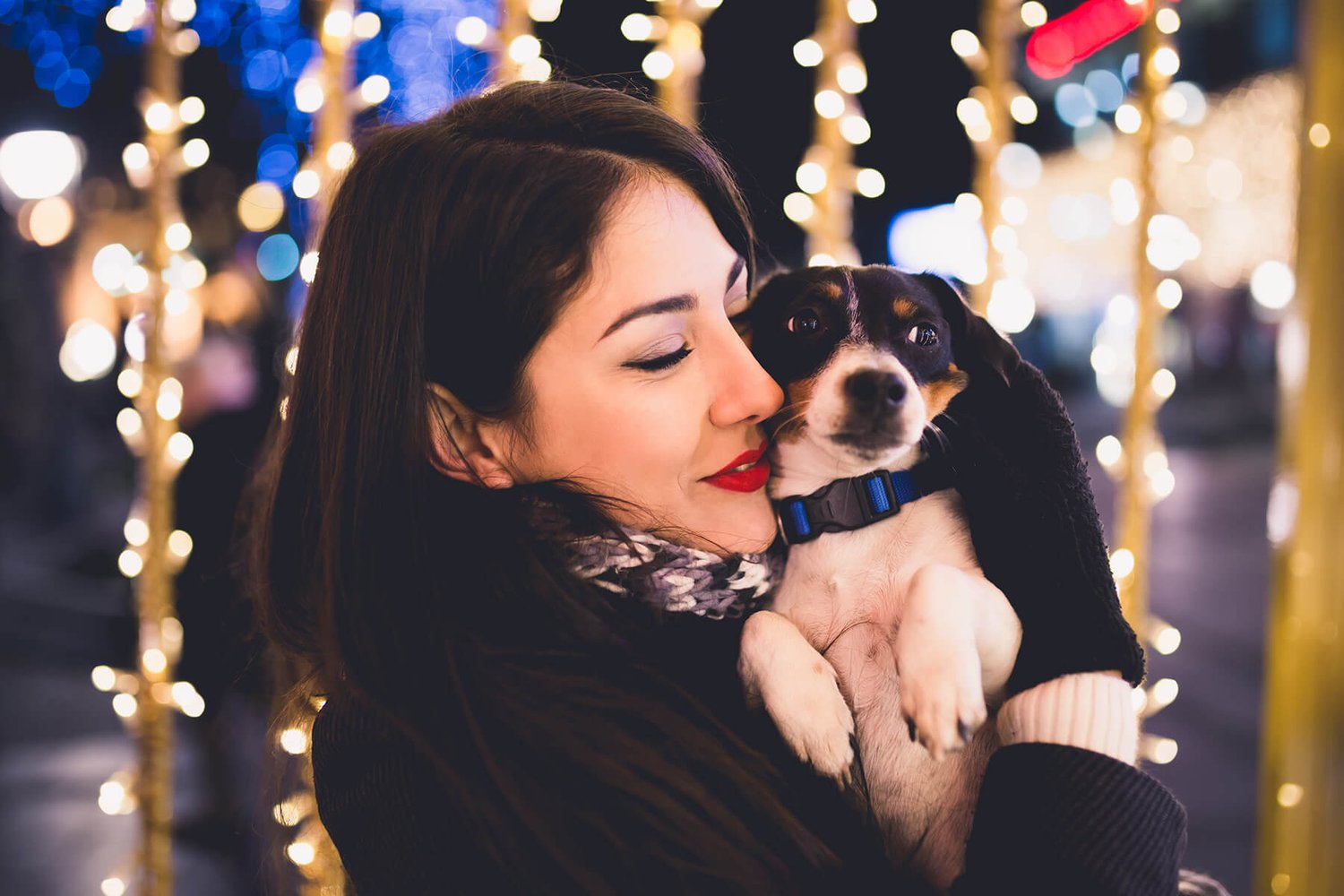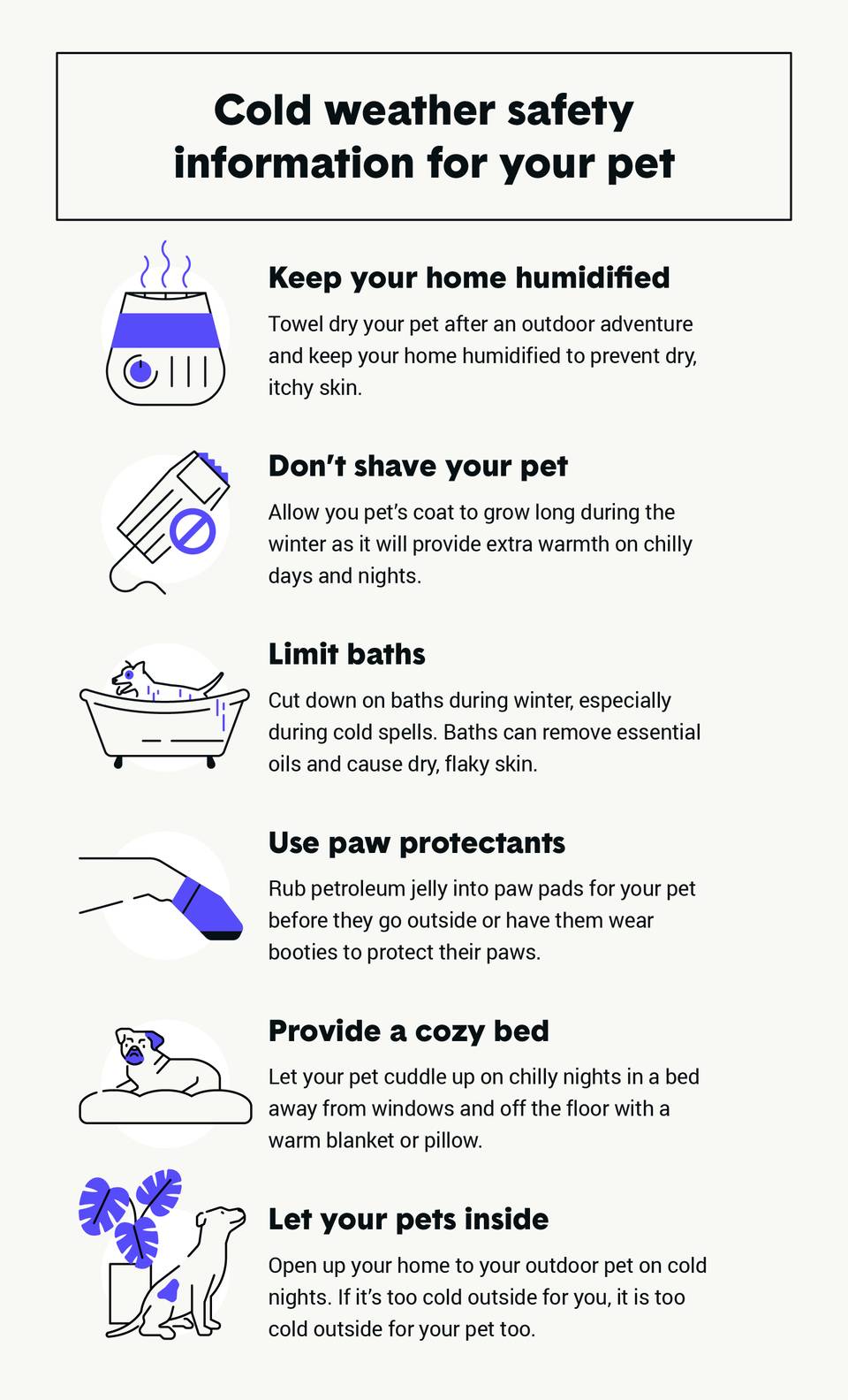Traveling by plane
In 2016, the Department of Transportation ruled that any airport servicing more than 10,000 passengers annually must install at least one animal relief area in each terminal.
Risks involved when traveling by plane
Reports of pets being killed or injured on airplanes is well documented. A USA Today report in 2018 revealed that 24 pets died, 15 were injured, and 1 was lost in 2017. While these instances do grab headlines, the number of losses is small compared to the estimated 2 million pets that travel each year.
The riskiest place for a pet to fly is in cargo, with extreme weather temperatures being the most common cause of death. 58% of respondents agree that airlines need to improve pet safety in cargo.
If you do decide to travel with your pet, we recommend choosing the cabin whenever possible.
Here are some questions to ask when booking your pet’s travel:
1. Are you able to take your dog or cat in the cabin with you?
2. Are there specific health and immunization requirements for pets?
3. Is a specific carrier or brand of carrier needed? Note that soft-sided carriers may be more comfortable for your pet.
4. If you aren’t allowed to bring your pet in the cabin, does the airline have any restrictions in the cargo hold?
Cargo pet tips
If you must place your pet in cargo, consider these tips from the Humane Society before, during, and after the flight in order to ensure your pet’s comfort and safety.
1. Book a direct flight: Decrease the chance of mistakes by booking a direct flight. This will allow you to avoid any mistakes that could happen during airline transfers. You’ll also want to consider the time of day and weather when booking your pet’s flight. Early morning or late evening flights are best for summer travel, whereas afternoon flights are better in winter.
2. Travel on the same flight: Flying on the same plane as your pet is both convenient and safer. You can ask the airline to watch your pet being loaded into the cargo hold and unloaded, and also save yourself a trip or two to the airport. This also gives you the opportunity to notify the captain and a flight attendant that there is a pet traveling in the cargo hold. You never know what special precautions they may take now knowing a pet is onboard.
3. Consider your pet’s breed: Brachycephalic animals such as Pekingese dogs, bulldogs or Persian cats should never fly in cargo. Double-check your pet breed is safe to fly in cargo before you book.
4. Purchase a carrier: Follow the airline’s guidelines on a pet carrier, and purchase at least a month in advance to give your pet time to become familiar with the travel carrier. This will minimize their stress during travel. You’ll also want to attach a label to the carrier that includes your contact information, including a copy of your permanent ID and the address and telephone number to best reach you at.
5. Get your pet ready: Before travel, make sure you’ve visited with your vet to make sure your pet is up-to-date on blood work and immunizations. You’ll also want to make sure your pet’s nails are clipped so they don’t get hooked in the carrier’s door and holes. Don’t give your pet any tranquilizers or medicine unless your vet has prescribed them. In the four to six hours leading up to boarding, don’t feed your pet. You can give them small amounts of water.
6. Bring identification documents: Check with the airline on what identification documents are needed for your pet to travel and make sure to pack a copy with you and with your pet. You should also bring a current picture of your pet with you so that way, if your pet is lost, you have an up-to-date image to make the search easier.
7. Examine your pet post-travel: As soon as you arrive at your destination and are reunited with your pet in a safe space, open the carrier to help calm and examine your pet. If anything seems wrong, take your pet to the nearest veterinarian or clinic. Make sure to get results of the examination in writing, with the date and time.









